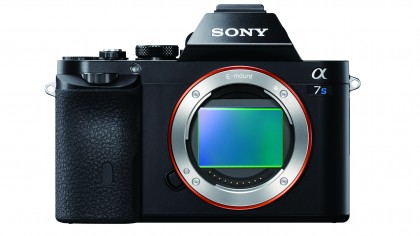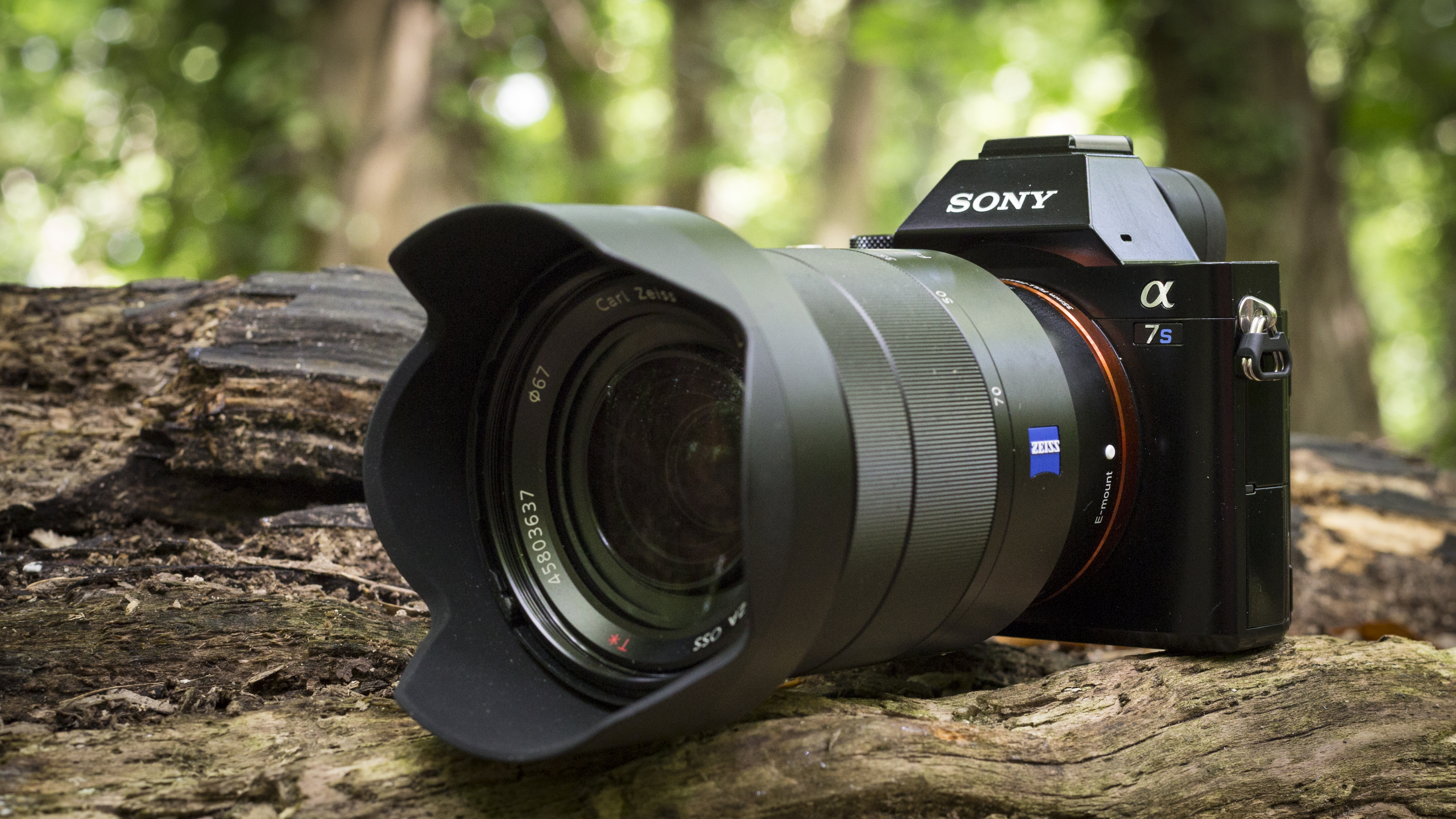TechRadar Verdict
It's a great camera but its comparatively low pixel count and high price mean it's unlikely to have wide appeal amongst enthusiast photographers. However, it will find favour with those who need to be able to shoot in near-dark conditions or want lots of control over video.
Pros
- +
4K video output via HMDI
- +
Lots of control over video
- +
Maximum sensitivity setting of ISO 409,600
Cons
- -
Low pixel count for stills
- -
4K recording only via an external recorder
- -
Lens range currently limited
Why you can trust TechRadar
Sony now has three full-frame compact system cameras to give photographers a choice depending upon what is most important to them.
Those wanting the ultimate in detail resolution should opt for the 36Mp Sony Alpha a7R, while photographers for whom low-light capability and video quality are of paramount importance should go for the 12Mp Sony Alpha a7S.
The middle ground is occupied by the 24Mp Sony Alpha a7, a camera that's capable of recording lots of detail, but has faster responses than the A7R.
Like the A7 and A7R, the A7S has the Sony E-mount, but it's full-frame Exmor CMOS sensor has 12.2 million effective pixels. This is coupled with Sony's latest processing engine, Bionz X, which enables Sony's diffraction-reducing technology for better images at small apertures.
Sony's main focus for the A7S is its sensitivity range and noise control. We are told that the S stands for 'sensitivity mastered'. Consequently the A7S has a native sensitivity range of ISO 100-102,400, but this can be expanded for stills and video up to ISO 409,600.
That top figure is only currently matched by the Nikon D4S. The lowest setting can also be dropped down to the equivalent of ISO 50 for still images. The larger photosites (or pixels) should enable the camera to produce cleaner images at high sensitivity settings than a camera with greater pixel count.
In addition, the Bionz X processor enables Sony's area-specific noise reduction, which analyses patterns, edges and textures to apply different levels of noise reduction with the aim of retaining fine detail but removing nose from areas of even tone (such blue skies).
Larger pixels should also bring wide dynamic range, the ability to record lots of tones in a single exposure. This is bolstered by the provision of Sony's Dynamic Range Optimisation (DRO) system and the ability to shoot HDR (high dynamic range) JPEG sequences that the camera merges together automatically.
Unlike the A7, there are no phase detection pixels on the A7S's sensor, and like the A7R it can only use contrast detection autofocusing. However, the larger photosites should also help here as the stronger signal that they generate in comparison with their 36Mp counterparts could give the A7S faster focusing in low light.
There's a healthy collection of AF point selection modes including Wide, Zone, Centre, Flexible Spot, Lock-on AF: Wide, Lock-on AF: Zone, Lock-on AF: Centre, Lock-on AF: Flexible Spot with large, medium and small options for Flexible Spot mode. In addition, to single and continuous autofocusing, manual focusing is possible with focus peaking available to offer assistance.

Images may be saved as raw or JPEG files, or both simultaneously to an SD/SDHC/SDXC card or a variety of Sony Memory Stick options. The appearance of JPEG images can be adjusted using the 11 Creative Style options (Standard, Vivid, Neutral, Clear, Landscape and so on, each with customisable settings for contrast and the like) or the 13 Picture modes. Unlike the Picture modes, the Creative Style options may be used when shooting raw as well as JPEG images to obtain a 'clean' image for bespoke processing.
There are currently only five full-frame Sony E-mount(FE) lenses available for the A7-series, but their focal lengths range from 24mm to 200mm. Sony APS-C format E-mount lenses can also be mounted, but on the A7S this is accompanied by a drop in image size to just 5Mp, something many photographers will consider unacceptable. Alternatively, mount adaptors are available for other full-frame lenses, so owners of Nikon or Canon full-frame lenses can use them.
Video features
Sony has also packed a lot of video technology into the A7S. For a start, it is able to record 4K video to an external device connected via an HDMI connection, which will make it attractive to enthusiast and professional videographers. The pro appeal is further bolstered by an audio level display that enables sound to be adjusted across 32 steps, Live (real-time) and Lip-sync settings and an optional XLR Adaptor kit to connect pro-end microphones via the camera's hotshoe.
There's also a stereo headphone jack for sound monitoring, a zebra view to indicate areas close to burning out and focus peaking to help with manual focusing. The A7S is also the first full-frame camera to feature full-pixel readout without pixel binning, which should give better image quality and more attractive bokeh.
When saving footage to a card, the camera is limited to shooting Full HD resolution (or lower) movies. Sony has made XAVC S format recording possible and this enables Full HD recording at 50Mbps for better image quality and reduced noise levels.
However, it's recommended that SDXC cards with higher than Class 10 performance are used when shooting XAVC S format footage. This recording format can also be used to shoot Full HD at 60p (50p), 30p (25p) or 24p – the higher figures are for recording NTS and those in brackets (PAL). AVCHD and MP4 format recording is also possible.
Another key feature is the ability to set Picture Profiles with specific values for Black Level, Gamma and Knee (highlight compression) as well as colour adjustment (Color Mode, Color Level, Color Phase and Color Depth) and Detail. The Gamma settings include Sony's S-Log2 setting which can increase dynamic range by up to 1300% to preserve highlight and shadow detail, and generate footage that is perfect for post-capture grading.
There's also Time code to help with scene identification and syncing footage from multiple cameras. In Record Run mode this only advances the time code while recording, but in Free Run mode it advances whether the camera is recording or not.
